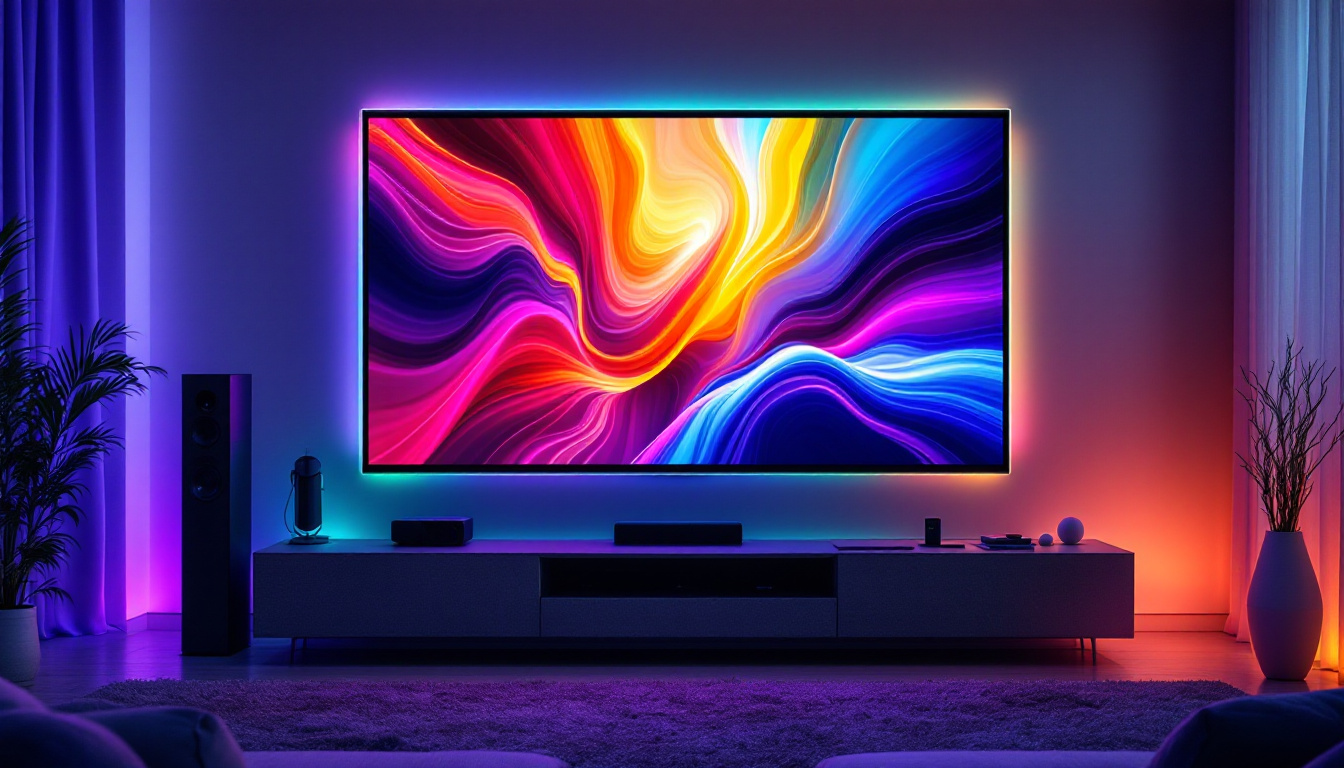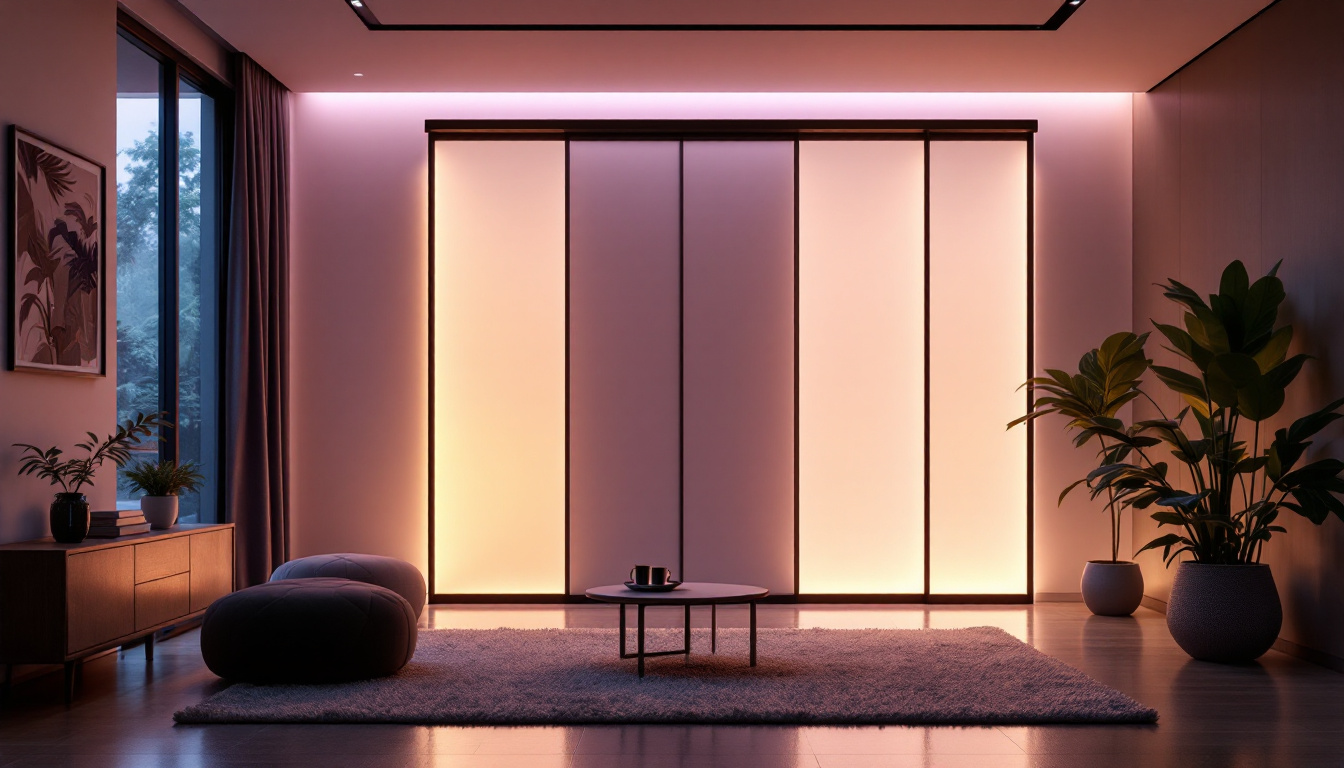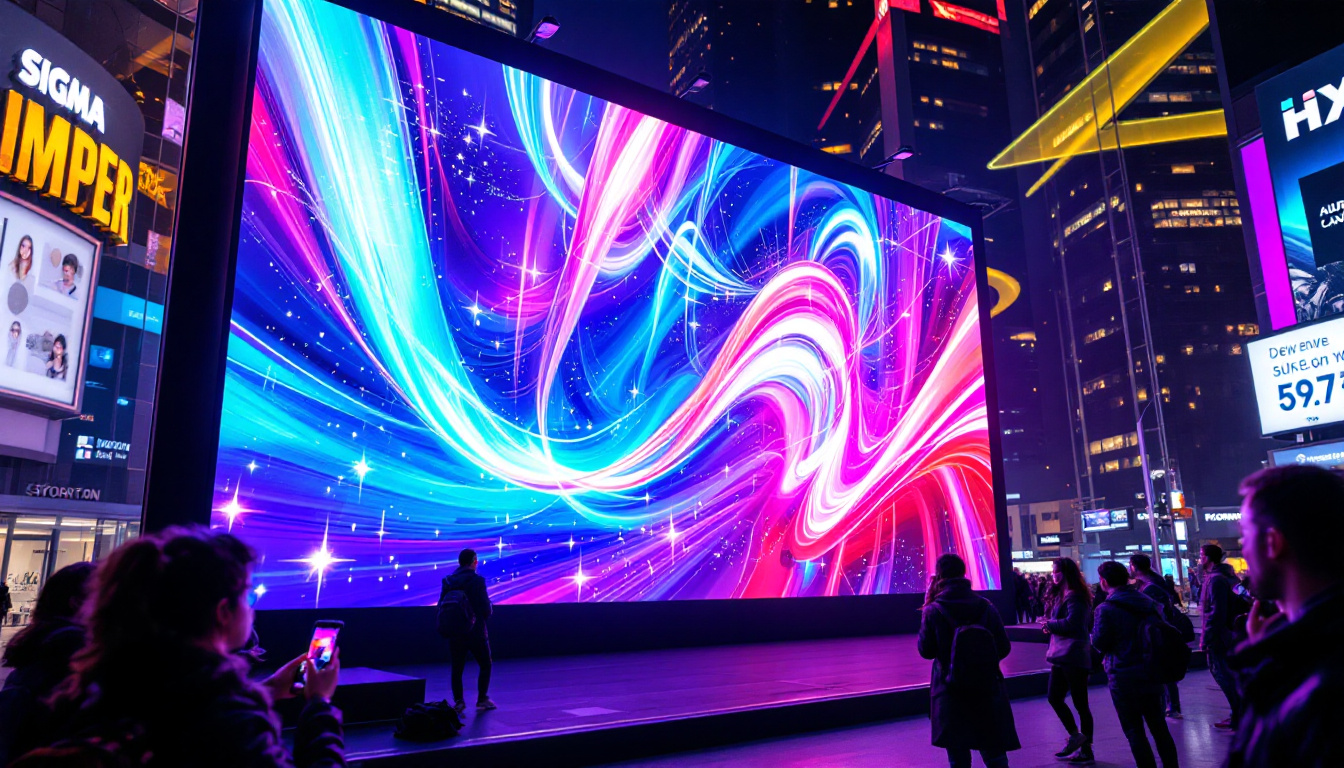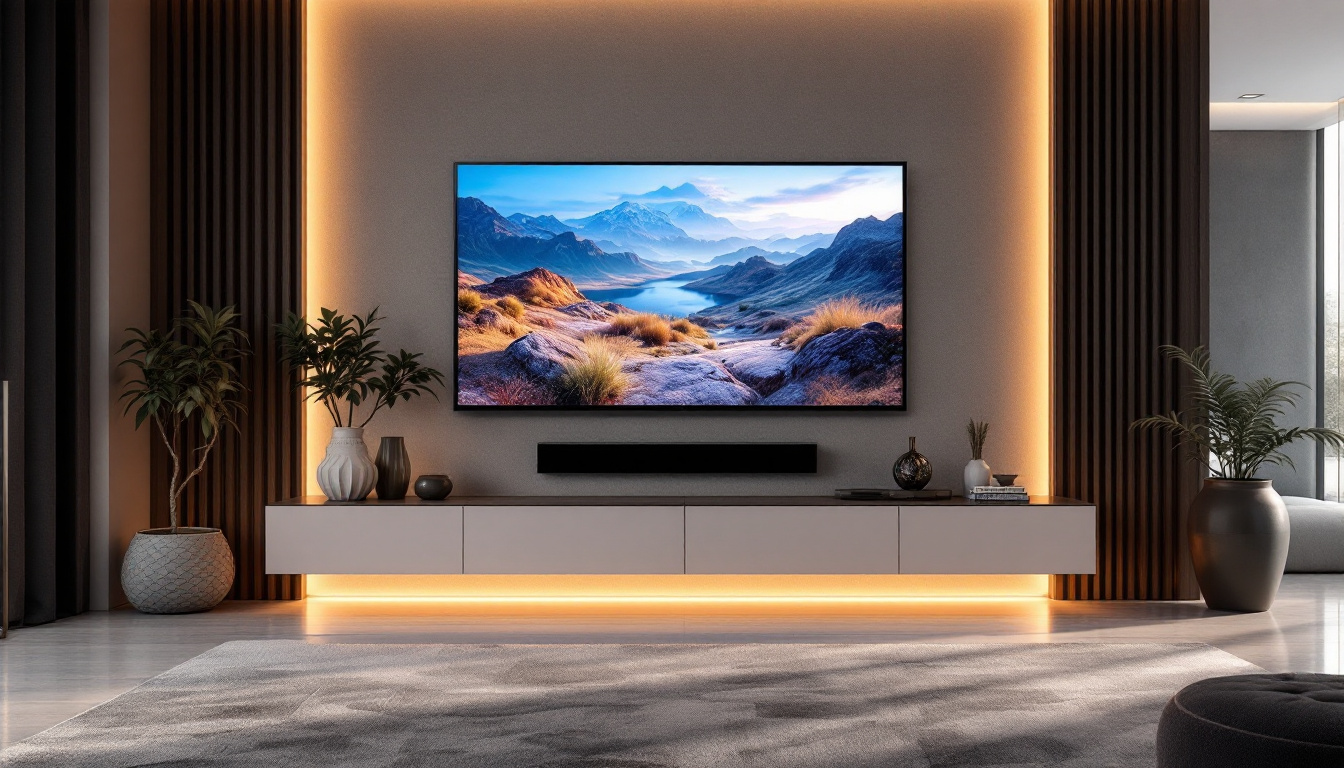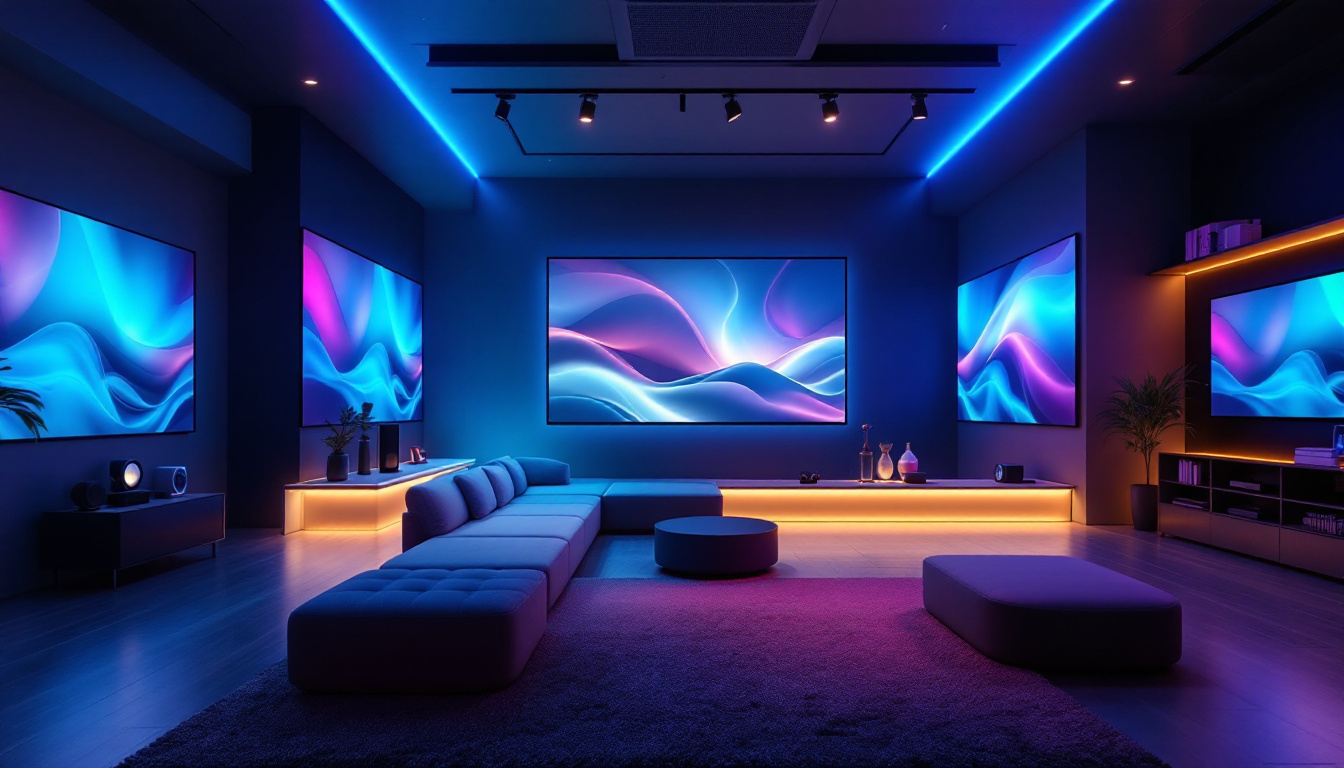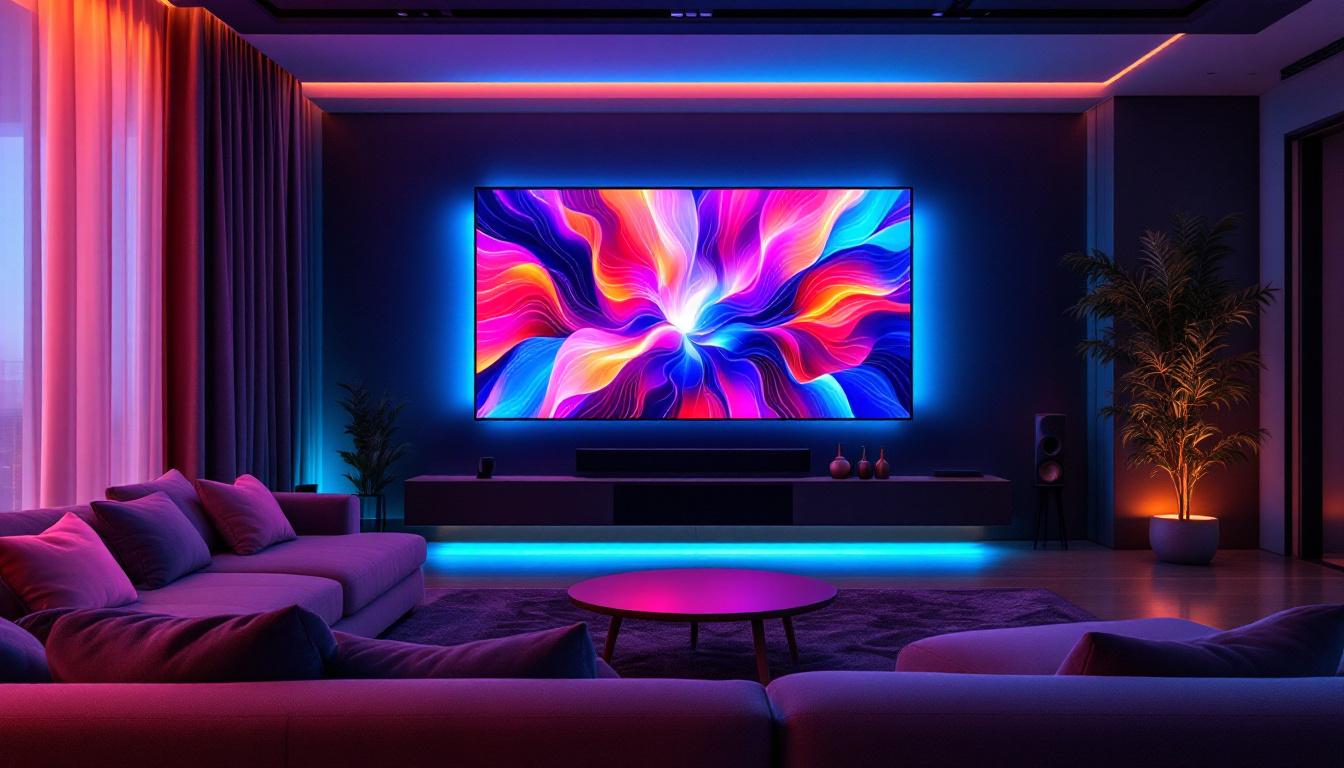In the world of modern television technology, LED displays have emerged as a popular choice for consumers and professionals alike. Among the various types of LED technologies, CLED (Crystal LED) displays have gained significant attention for their exceptional image quality and versatility. This article delves into the intricacies of CLED TVs, exploring their features, advantages, and applications.
Understanding CLED Technology
CLED technology is a form of micro-LED display that utilizes tiny LED chips to create images with remarkable clarity and color accuracy. Unlike traditional LED TVs that rely on backlighting, CLED displays are self-emissive, meaning each pixel generates its own light. This fundamental difference allows for deeper blacks, brighter colors, and an overall enhanced viewing experience.
How CLED Works
The core of CLED technology lies in its micro-LED structure. Each micro-LED is a tiny light source that can be controlled independently. This capability enables the display to achieve true black levels, as pixels can be completely turned off when displaying dark scenes. Furthermore, the use of RGB (red, green, blue) micro-LEDs allows for a wide color gamut, resulting in vibrant and lifelike images.
Another significant aspect of CLED displays is their modular design. These displays can be assembled in various configurations to create larger screens without compromising image quality. This flexibility makes CLED technology suitable for a range of applications, from home theaters to large-scale commercial displays. The modularity also allows for easy upgrades and repairs, as individual panels can be replaced without the need to discard the entire system, making it a sustainable choice in the long run.
Key Features of CLED Displays
CLED displays come packed with features that set them apart from traditional LED TVs. One of the standout features is their exceptional brightness. With the ability to reach peak brightness levels that far exceed standard LED displays, CLED TVs are ideal for viewing in well-lit environments.
Additionally, CLED technology supports high dynamic range (HDR), which enhances contrast and color accuracy. This feature allows viewers to experience a broader range of colors and brightness levels, making images appear more realistic. Coupled with ultra-high-definition (UHD) resolution, CLED displays offer an immersive viewing experience that is hard to match. The combination of HDR and UHD not only elevates the visual quality but also enriches the storytelling aspect of films and shows, drawing viewers deeper into the narrative.
Moreover, CLED technology is designed with energy efficiency in mind. The self-emissive nature of micro-LEDs means that they consume less power compared to traditional LCD or OLED displays, especially when displaying darker images. This energy efficiency is particularly beneficial for large installations, such as digital signage in retail spaces or public venues, where prolonged usage can lead to significant savings on electricity bills. Additionally, the longevity of micro-LEDs contributes to a lower total cost of ownership, as they typically have a longer lifespan than other display technologies, reducing the frequency of replacements and maintenance.
Advantages of CLED TVs
The advantages of CLED TVs extend beyond their impressive technical specifications. These displays offer several benefits that enhance the overall viewing experience, making them a compelling choice for both consumers and businesses.
Superior Image Quality
One of the most compelling reasons to consider a CLED TV is its superior image quality. The self-emissive nature of micro-LED technology ensures that each pixel can achieve perfect black levels, resulting in an infinite contrast ratio. This feature is particularly beneficial for watching movies and playing video games, where dark scenes can often appear washed out on traditional LED displays.
Moreover, the color accuracy of CLED displays is remarkable. With the ability to reproduce a wider color spectrum, viewers can enjoy more vibrant and true-to-life images. This level of detail is especially noticeable in nature documentaries and films with rich visual storytelling.
Energy Efficiency
Energy efficiency is another advantage of CLED technology. Because each pixel emits its own light, CLED displays consume less power compared to conventional LED TVs, especially when displaying darker images. This energy efficiency not only reduces electricity bills but also contributes to a smaller carbon footprint, making CLED TVs a more environmentally friendly option.
Longevity and Durability
CLED displays are designed for longevity. The micro-LED technology is less susceptible to burn-in compared to OLED displays, making them a more durable choice for continuous use. This durability is particularly advantageous for commercial applications, where displays may be used for extended periods without the risk of image retention.
Applications of CLED Technology
The versatility of CLED technology allows it to be used in a variety of settings, from residential to commercial. Its unique characteristics make it suitable for different applications, enhancing the way content is consumed and displayed.
Home Entertainment
In the realm of home entertainment, CLED TVs provide an unparalleled viewing experience. With their stunning picture quality and vibrant colors, they are perfect for movie nights, gaming sessions, and binge-watching favorite shows. The modular design also allows for customization, enabling users to create a home theater setup that meets their specific needs.
Additionally, the ability to achieve high brightness levels makes CLED TVs ideal for rooms with ample natural light, ensuring that the viewing experience remains enjoyable regardless of ambient light conditions.
Commercial Displays
CLED technology is increasingly being adopted in commercial settings, such as retail stores, airports, and corporate environments. The ability to create large, seamless displays makes CLED an attractive option for digital signage and advertising. Businesses can leverage the high-quality visuals to capture customer attention and convey messages effectively.
Moreover, CLED displays can be tailored to fit various spaces, allowing for creative installations that enhance the overall aesthetic of a venue. Whether it’s a massive video wall in a shopping mall or a sleek presentation screen in a boardroom, CLED technology can deliver stunning visuals that leave a lasting impression.
Art and Creative Installations
Artists and designers are also exploring the potential of CLED technology in creative installations. The modular nature of CLED displays allows for innovative designs that can transform spaces into immersive environments. By combining multiple panels, artists can create dynamic visual experiences that engage viewers in unique ways.
These installations can be found in galleries, museums, and public spaces, showcasing the versatility of CLED technology beyond traditional viewing applications. The ability to manipulate light and color opens up new avenues for artistic expression, making CLED a valuable tool for creative professionals.
Challenges and Considerations
While CLED technology offers numerous advantages, it is essential to consider some challenges and factors before making a purchase. Understanding these aspects can help consumers and businesses make informed decisions.
Cost Implications
One of the primary challenges associated with CLED displays is their cost. The advanced technology and materials used in manufacturing CLED panels tend to make them more expensive than traditional LED TVs. This higher price point may deter some consumers, particularly those on a budget.
However, it is crucial to weigh the long-term benefits against the initial investment. For businesses and enthusiasts who prioritize image quality and durability, the cost may be justified by the superior performance and longevity of CLED technology.
Installation and Space Requirements
The modular design of CLED displays offers flexibility, but it also requires careful consideration regarding installation. Depending on the size and configuration, CLED displays may need specialized mounting solutions and professional installation to ensure optimal performance.
Additionally, the space requirements for larger installations should be taken into account. Ensuring that there is adequate room for the display and proper viewing angles is essential for achieving the best visual experience.
The Future of CLED Technology
As technology continues to evolve, the future of CLED displays looks promising. Innovations in micro-LED technology are expected to enhance performance further, making these displays even more appealing to consumers and businesses alike.
Advancements in Micro-LED Technology
Research and development in micro-LED technology are ongoing, with manufacturers exploring ways to improve efficiency, reduce costs, and enhance image quality. Future advancements may lead to even smaller micro-LEDs, allowing for higher pixel densities and improved visual clarity.
Additionally, as production processes become more streamlined, the cost of CLED displays may decrease, making them accessible to a broader audience. This democratization of technology could lead to increased adoption in both residential and commercial markets.
Integration with Smart Technology
As smart home technology continues to gain traction, the integration of CLED displays with smart systems is likely to become more prevalent. Future CLED TVs may feature enhanced connectivity options, allowing users to control their displays seamlessly through voice commands or mobile applications.
This integration could also lead to new functionalities, such as personalized content recommendations and advanced display settings that adapt to the viewer’s preferences and environment.
Conclusion
CLED technology represents a significant advancement in the realm of LED displays, offering superior image quality, energy efficiency, and versatility. Its applications range from home entertainment to commercial displays and creative installations, making it a compelling choice for various users.
While challenges such as cost and installation considerations exist, the long-term benefits of CLED displays make them an attractive option for those seeking an exceptional viewing experience. As technology continues to evolve, the future of CLED displays promises even more exciting developments, paving the way for enhanced visual experiences in both personal and professional settings.
In summary, CLED TVs are not just a trend; they are a glimpse into the future of display technology, where quality and innovation converge to create stunning visual experiences.
Discover the Future of LED Displays with LumenMatrix
Embrace the revolution in display technology with LumenMatrix, where innovation meets visual brilliance. As you’ve explored the potential of CLED TVs, imagine the impact of integrating cutting-edge LED display solutions into your space. LumenMatrix is at the forefront, offering a diverse range of products from Indoor and Outdoor LED Wall Displays to specialized solutions like Vehicle LED Displays and Custom LED Displays. Elevate your visual experience and connect with your audience like never before. Check out LumenMatrix LED Display Solutions and be a part of the visual communication transformation.




